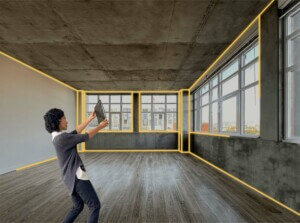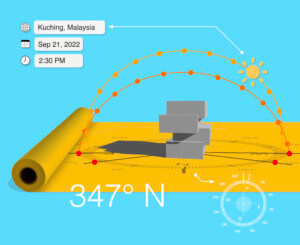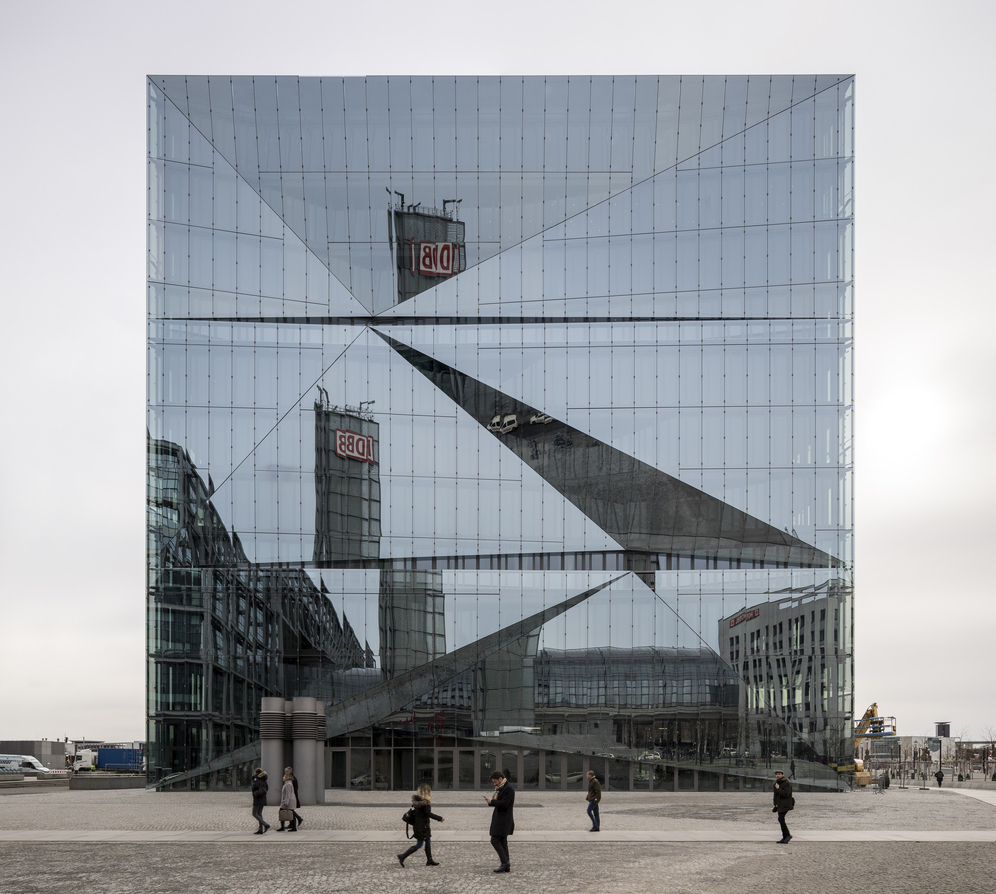On a recent late night internet video binge, I found some neat footage of late 1980s New York street scenes. The shoulder pads, of course, were comically large, but the most striking thing was that everyone was looking at each other, the street, the scenery (or wore a fixed blank “don’t talk to me” death stare that’s still in vogue). No one was texting, gaming, or otherwise absorbed in the vortex of a handheld electronic device.
Designer and artist Ekene Ijeoma would like to bring the public back to that recent past using the very device that makes zombies of us all. Look Up is a participatory public art project, accessed through your smartphone, that asks New Yorkers to take their eyes up from their phones and out onto the street around them.
Look Up from Ekene Ijeoma on Vimeo.
Using NYC DOT Vision Zero data on crash injuries and fatalities, Look Up calculates an “energy score” for every intersection in the city. A higher score indicates that more crashes have occurred at the intersection, and the user, consequently, should put more of their energy back into the city. The app detects when you’ve approached an intersection using GPS and wi-fi data (if available), and becomes more agitated according to the energy score.
At a recent demo, The Architect’s Newspaper met up with Ijeoma to stroll the Lower East Side. As we approached Rivington and Essex streets, the Android phone Ijeoma had given me vibrated softly. On screen, an alert pinpointing my location popped up, along with two ocular orbs with flowing irises that glowed blue-green. The vibration did prompt me to look up: I made fleeting eye contact with a stranger, and noticed a small tattoo peeking about a woman’s ankle sock.
Right now, the app is only available for Android as a Live Wallpaper, an app that runs in the background so participants can use other apps concurrently. Users can set the app to activate at any intersection where there’s data, at set intervals, or randomly. The settings can also be adjusted to accomodate the faster pace of a car or bike.
The goal of the project is to “tear down digital walls” and foster engagement with fellow citizens, explains Ijeoma. Recently awarded a New York Foundation for the Arts fellowship in Design/Urban Environments/Architecture for his humanistic treatment of data, Look Up advances the discussion around who has a right to public space. Ijeoma brought up the example of an app that allows San Franciscans to reserve local ballfields. What’s lost when techies, for example, can “reserve” a public soccer field online while neighborhood kids organize their pick-up games on site? Face-to-face interaction, Ijeoma suggested, could go a long way towards resolving these disputes and making sure all parties have fair access to shared resources.
Ijeoma emphasized that he sees Look Up as art first, app second. The project subverts the divide between digital and physical, he explained, by allowing users to be more present in physical space. Curious? Check out the video below to see Look Up in practice:










